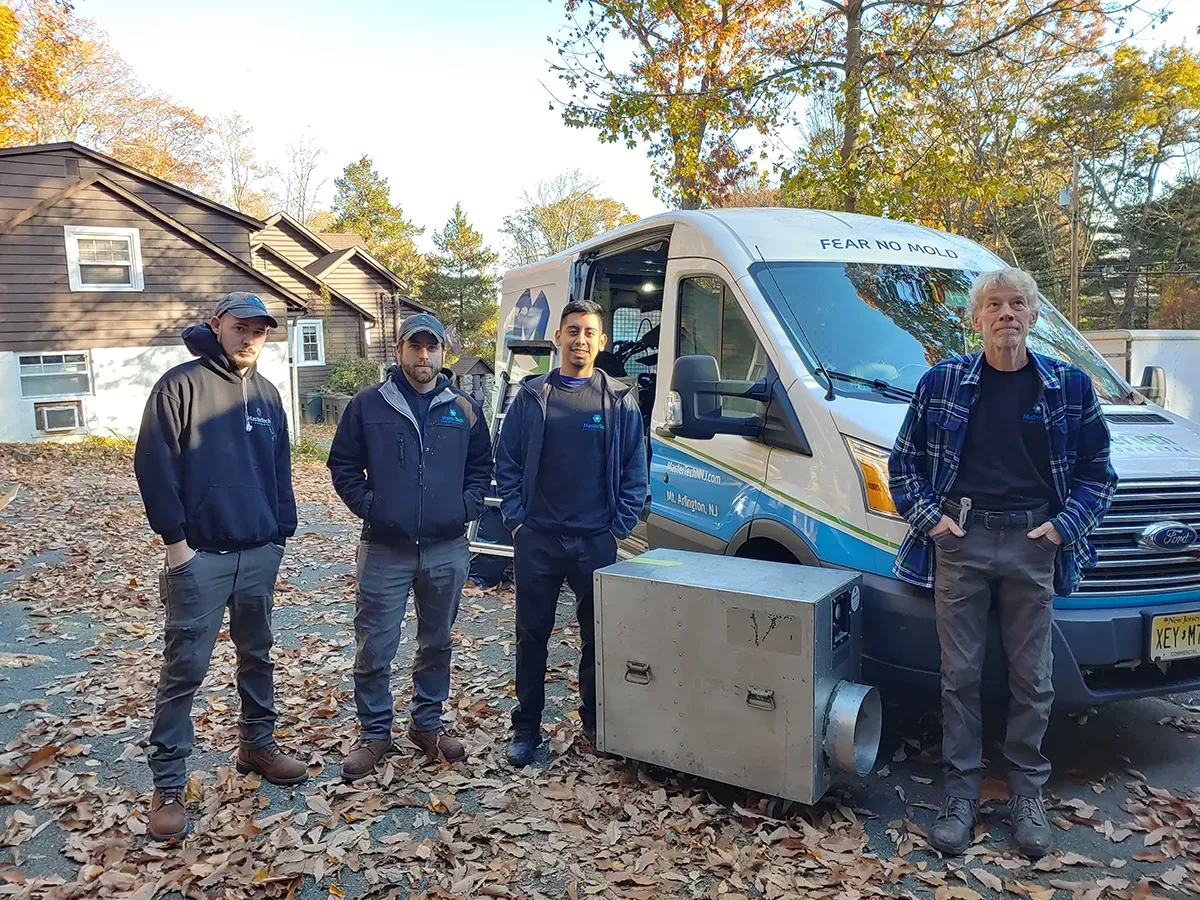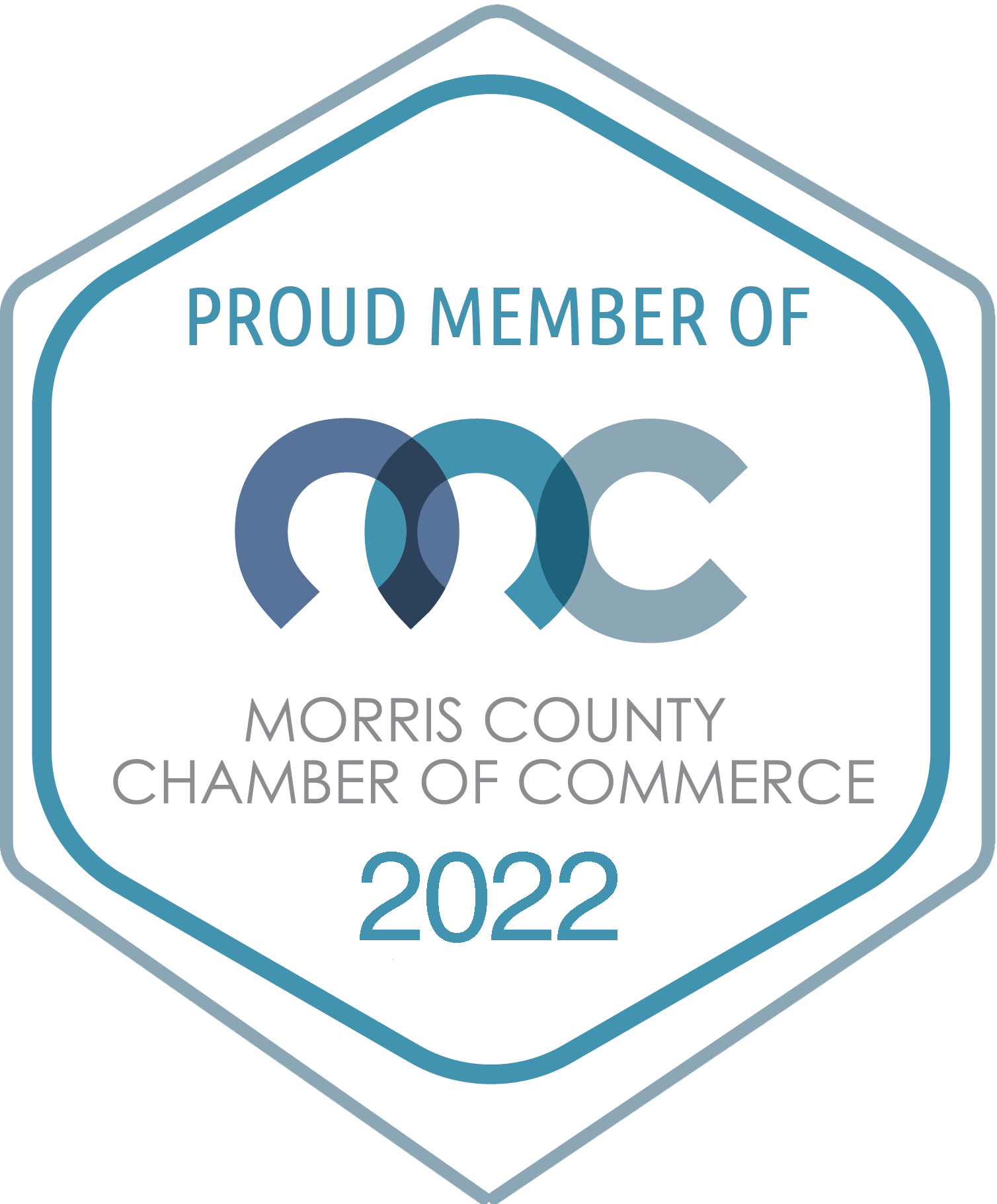Understanding the Differences Between Mold Illness and CIRS (Chronic Inflammatory Response Syndrome)

Taking care of our health is one of our most important daily activities. From sleeping to eating and moving around, most people do a lot to maintain their health. Unfortunately, even with our best intentions, forces work against us and our goals. Things are lurking in our homes and offices, things we can't always see or smell that could be causing harm. Mold commonly found inside and outside poses a real health risk. Mold illness is a real problem for people all over the world.
The CDC writes:
Molds are ubiquitous in buildings and homes. Mold will grow in places with much moisture found around leaks in roofs, windows, or pipes or where there has been flooding. Mold grows well on paper, cardboard, ceiling tiles, and wood. Mold is not exclusive to water; it also grows in dust, paints, wallpaper, insulation, drywall, carpet, fabric, and upholstery.
The two most common causes of illness from mold exposure are Mold Illness and CIRS.
What are the differences between mold illness and CIRS?
Mold Illness: This broad term usually refers to various allergic or inflammatory reactions to mold exposure. Mold illness can include a range of allergic responses, such as allergic rhinitis, asthma, and hypersensitivity pneumonitis, which are triggered by mold spores or toxins (mycotoxins). An immune reaction to the presence of mold primarily causes the symptoms.
Symptoms of mold illness are typically allergic and can include nasal congestion, throat pain, coughing or wheezing, and eye redness/itching. People allergic to mold often experience severe reactions, and those with immune suppression or lung diseases are more susceptible to fungal infections.
CIRS: CIRS is a more systemic and severe condition than mold illness. While mold illness often involves allergic reactions to mold, CIRS is a chronic, systemic inflammatory response affecting multiple body systems. CIRS is a specific condition that arises due to prolonged biotoxin exposure, including but not limited to mold. In the case of mold-related CIRS, the body's response to prolonged exposure to mold toxins (mycotoxins) leads to the condition. CIRS involves a systemic, multi-symptom, multi-system illness as a result of an abnormal immune response that cannot completely clear these toxins, leading to chronic inflammation.
The symptoms of CIRS are more diverse and systemic, affecting multiple systems in the body. They can include chronic fatigue, cognitive impairment, mood swings, muscle and joint pain, visual disturbances, gastrointestinal issues, and immune dysregulation. The range and severity of symptoms are broader and often more debilitating than those associated with mold illness.
Diagnosing CIRS
Unfortunately, this diagnostic is more complex and involves a series of specific laboratory tests and clinical evaluations. To get a clearer answer about the problem doctors:
1) Check Medical History
2) Symptom Assement
3) Labratory Testing
4) Environmental Assement
5) Response to Treatment
How to Stay Safe from the Dangers of Mold
- Get Home Mold Testing: At-home mold testing kits and run-of-the-mill cleaning products are nothing special, and they put people in a place where they think they have fixed their problem; they are just prolonging the problem. Expert mold testing shows where mold is and gives a clear plan on how to remove and remediate it.
- Avoid Water-Damaged Buildings: Mold exposure, a common trigger for CIRS, often occurs in water-damaged buildings. It's essential to avoid spending time in such environments. Although it is difficult to know the entire flood history of a place, you can still try to be proactive with where you go and what you do.
- Maintain Good Indoor Air Quality: Ensure your living and working spaces have good ventilation and low humidity levels to prevent mold growth. You can invest in room air filters and duct cleaning for HVAC systems. High-efficiency particulate air (HEPA) filters and purifiers can help reduce airborne particles and mold spores in indoor environments.
- Consult Healthcare Professionals: If you suspect you are experiencing symptoms related to CIRS, consult healthcare professionals knowledgeable about the syndrome for appropriate testing and guidance.
Partner With the Best Mold Remediation Team in Morris County, NJ
The best way to holistically approach your mold issues is with the help of doctors and mold experts near you. Addressing the medical issues without fixing your home or office just causes problems to return later on down the road. For more information on the best mold remediation Morris County, NJ, has to offer, you should call us today.





